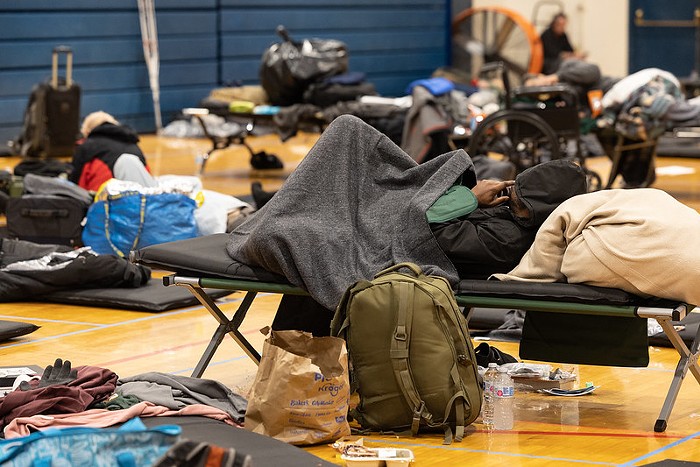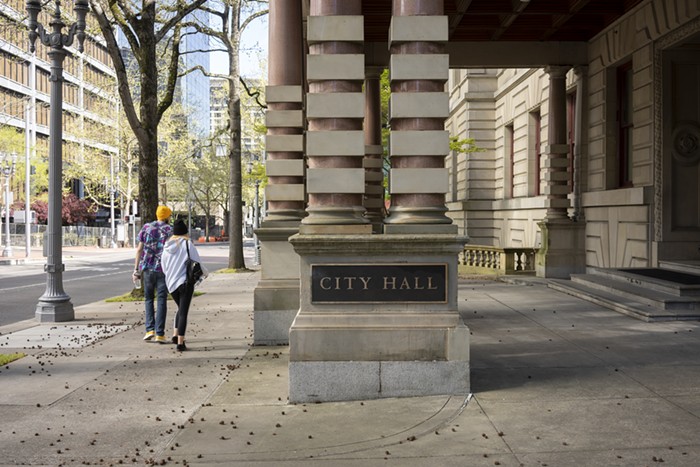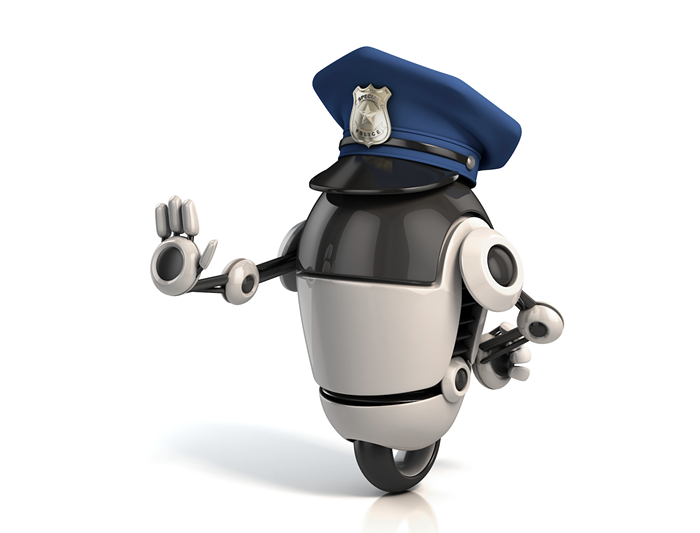
In geology, prehistoric time is delineated by marking different cataclysmic events. It’s not the promising beginnings or new creations that define a time period—rather, it’s the traumatic event which changes everything that gives a time its meaning.
For the dinosaurs who roamed North America millions of years ago, it was actually multiple cataclysms, as Jennifer Powers told me during a recent visit to the Oregon Museum of Science and Industry (OMSI) to view the new exhibit Dinosaurs Revealed.
“Dinosaurs were on the decline, population- and diversity-wise, before [an asteroid hit],” said Powers, an educator at OMSI. “A lot of that had to do with the climate, the changes in the environment… Everything that was happening, in addition to the fact that then that asteroid hit, and it kind of sent everything over the edge into extinction.”

Dinosaurs Revealed is OMSI’s first new exhibit in over a year—in fact, the museum just reopened to the public last weekend, at 25 percent capacity, and promptly sold out tickets for the first week. (Don’t worry, it runs until September 6.) Entering OMSI after a year that saw a deadly pandemic, a week of unlivable wildfire smoke in Oregon, and a little thing called murder hornets, it felt perfectly thematic to consider a species which once dominated the earth, only to die out after a long decline and sudden disastrous finish.
And indeed, the thoughtful folks at OMSI want you to make those connections when passing through the exhibit, which takes you through the Triassic, Jurassic, and Cretaceous Periods in North America chronologically.
“Certainly from an educational standpoint, we’re hoping that folks are thinking about climate change, changes to the environment, evolution and mass extinction as they go through the exhibit—and drawing some logical ties,” Powers said.
“You can really see the changes,” she continued. “You can see the changes in the types of ground, rocks, trees, plants, that are in the galleries. You see it in the evolution from really small to really huge dinosaurs, to what the dinosaurs eat.”

Like humans dealing with the devastating effects of climate change and a pandemic, dinosaurs were forced to continuously adapt to new conditions. But there’s one difference between our plights that makes me envy our prehistoric friends: “The dinosaurs did not know which era they were in,” Powers pointed out.
That means dinosaurs weren’t making bad jokes about not having “an asteroid hitting right in the middle of a mass extinction event” on their Cretaceous Period bingo cards. They were just living and adapting over thousands of generations, aware of the concept of time only inasmuch as each day started and ended. After a year of doing nothing but obsessing over the time we are all living in, that sounds blissful.

You’ll have to forgive me, after a year scarce in cultural expeditions, for taking a family-friendly science exhibit and turning it into a depressing meditation on The Times We Live In. But here’s the good news: The kids visiting OMSI are excellent at immersing themselves in the dinosaur experience. I saw kids reaching to illicitly touch dinosaur teeth, kids crying from fright in their parents’ arms but still taking everything in with wide eyes. Little kids posing in front of fossils so parents could take their pictures, making up for a year of lost photo opportunities. Older kids snapping selfies with dinosaurs on their phones. If there’s a kid in your life, you need to bring them to this exhibit, and soak in the excitement through their eyes.
Oh, and be sure to visit the gift shop afterward. It’s been a tough year, and every kid needs a stuffed dinosaur or two.
Here's how you can see Dinosaurs Revealed at OMSI.













